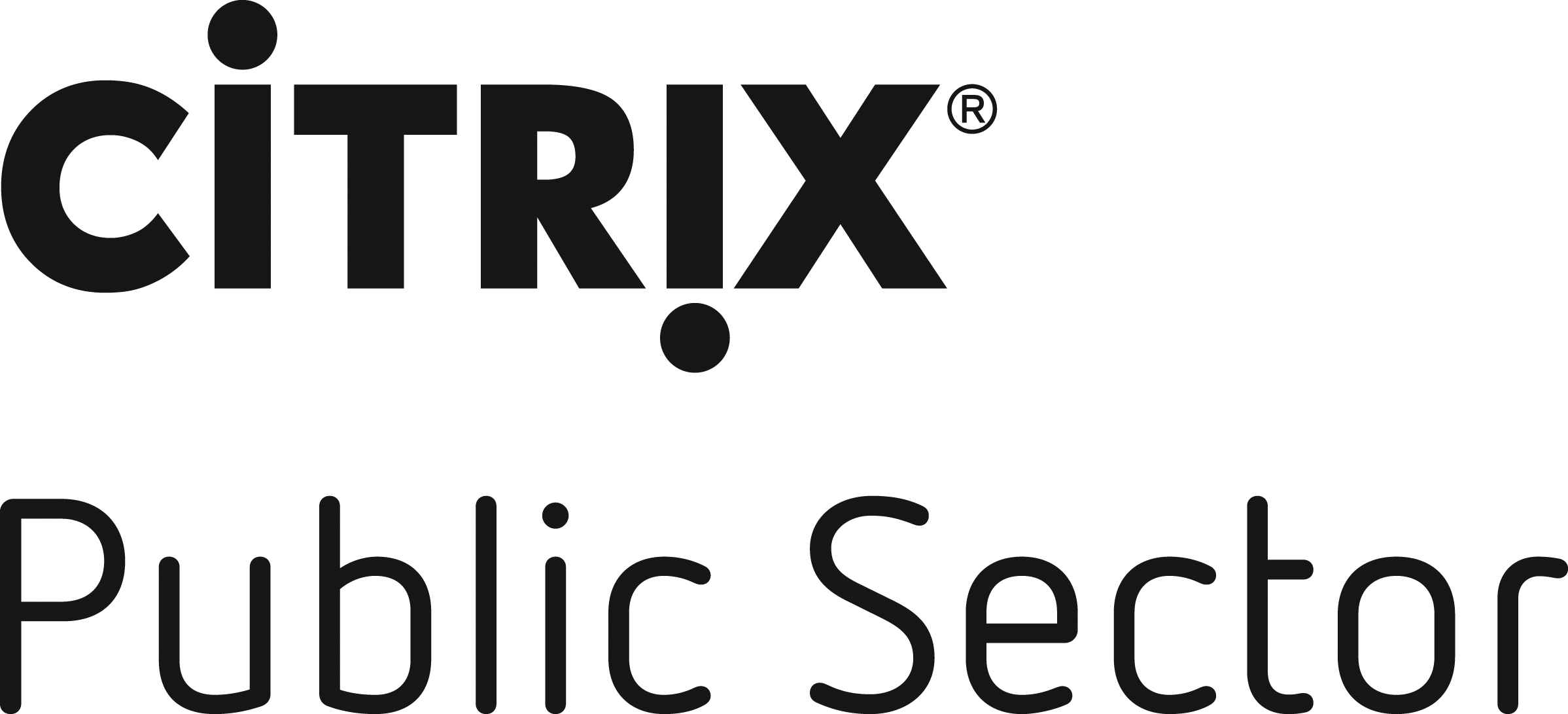This blog post is an excerpt from GovLoop’s recent Industry Perspective, “Strategies for Government to Navigate the Digital Future.”
The digital transformation of government has begun. The major driving forces in this transformation are cloud, mobility, big data analytics, the Internet of Things – and respective security concerns. At the same time, these technologies shape the business of government. It’s no longer the norm to stand in line at a government facility, waiting for a face-to-face interaction to complete a paper form before receiving a particular service. Today, citizens, contractors and employees can access and serve government from anywhere, anytime. Mobile apps and text messaging, web sites and automated email enable such access while ensuring private information is protected.
While agencies move some of their digital workloads to the cloud, they must also sustain some legacy systems and applications in government data centers. This new digital workspace offers dramatic improvements in productivity and mobility, but also presents challenges for IT and security professionals. Standardizing how applications are delivered to an increasingly mobile workforce simplifies the challenges presented when app suites can include legacy, client-server, Software-as-a-Service (SaaS) and mobile apps. In addition to app suite standardization, next generation networks are needed to assure both the availability and security of apps and data.
GovLoop sat down with Tom Simmons, Vice President for U.S. Public Sector at Citrix, an industry leader that securely delivers apps and data to an increasingly mobile workforce, to address how government should navigate the new digital landscape and leverage strategies including: Workspace-as-a-Service; virtual client computing; Virtual Desktop Infrastructure (VDI); Enterprise Mobility Management (EMM); Enterprise File Synch and Sharing (EFSS); and next generation networks both in the cloud and traditional data centers.
The Digital Imperative
The explosion of information in the digital age presents a challenge to government to collect, analyze and disseminate content. Citizens have come to expect real-time access via the web to online applications and services on virtually everything including travel advisories, weather and national and local disasters.
Secure network access to these online resources is an important element of next generation networks that will assure government’s role in today’s digital world.
“Digital transformation will have the same dramatic impact on productivity and efficiency in government that it does in the private sector,” Simmons said, “with an increased emphasis on security.”
Government’s access to the applications and data necessary to serve citizens presents a whole new set of challenges. The new digital workplace must address the proliferation of mobile and SaaS apps, new desktop operating systems and a continued reliance on legacy systems and applications developed by and for government. Securing the access and use of this wide variety of apps and data has led to unique paths and authentication methods for specific devices, locations and user types. The resulting complexity can be unmanageable as new devices and new work-flow processes are introduced.
That’s why standardizing on an application delivery infrastructure and file synch and sharing can dramatically reduce that complexity. This will also help reduce costs while enhancing security.
Mobility continues to be a significant and growing requirement for digital government. Securing devices, data and user identity while allowing for personalization is a must for many organizations as they look to leverage a BYO (bring your own) device strategy.
Authenticating users internally is another major focus in the digital future. Government needs to provide employees access to the apps and data necessary to complete job functions while accommodating personal items like pictures, music, games and applications. The resulting positive impact of employee satisfaction and retention also reduces government’s costs and increases flexibility without sacrificing security.
To fuel digital transformation, government should prioritize the following three strategies:
- Adopt software-first next gen networks to ensure network agility in a software-first world.
- Adopt digital workspaces as a new method of deploying end user computing resources.
- Explore Enterprise Mobility Management and BYO adoption to help employees be more productive by focusing on secure access and productivity, in addition to device management.
Case Study: Alcohol and Tobacco Tax and Trade Bureau
Agencies stand to gain a number of benefits from the digital transformation by leveraging the digital workplace and BYO. In addition to enhanced mobility and flexibility, agencies can also save on costs by avoiding having to purchase extra equipment and hardware as well as on-premise storage for data.
In 2013, the Alcohol and Tobacco Tax and Trade Bureau (TTB) developed an initiative to slash the expense, time and effort required to refresh its desktop and laptop computers. TTB has a dispersed workforce, with 80 percent of its staff regularly teleworking. The desktop and laptop refresh cost about $2 million every few years and disrupted work for general employees and those in the IT department for months on end.
Over time, the bureau opted to centralize all client computing power and applications, user data and user settings and allow access to TTB resources via thin-client computing devices (lightweight computers that are built for remote access to a server). In light of limited funding for virtual desktop implementation, TTB examined its existing hardware, software and technical expertise to determine the path that would help meet its objectives of providing central access to all IT resources while realizing cost savings.
With approximately 80 percent of its Windows servers and 20 percent of its Sun Solaris servers virtualized, the bureau was confident that a virtual desktop infrastructure could be built without physical servers. Due to TTB’s extensive telework program, its priority was to support remote workers with a robust remote access capability. TTB used Citrix to create thin-client devices from almost any device and power its BYO computing initiatives.
The bureau was able to save $1.2 million by applying a virtual desktop approach. Today, about 70 percent of TTB’s users access its resources through thin devices provided by the bureau as well as employees’ own personal devices. Now, any user configuration that works is allowed, giving staff enhanced productivity and unprecedented freedom to work from anywhere.
Government agencies are implementing next generation networks to support digital workplaces and enhanced online services as part of the digital transformation. Ultimately, the government digital transformation is about providing an outstanding user experience and protection against potential cyberthreats.





Leave a Reply
You must be logged in to post a comment.